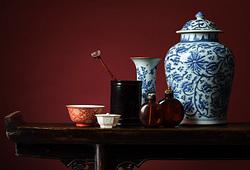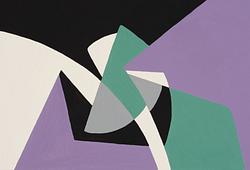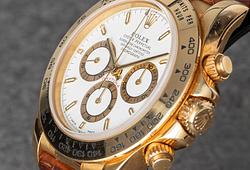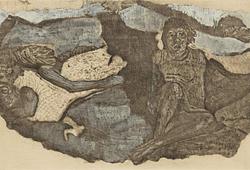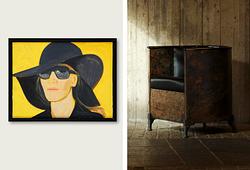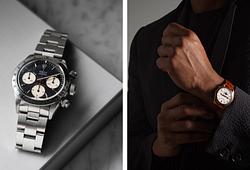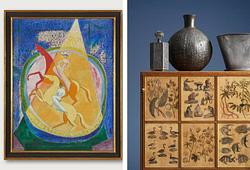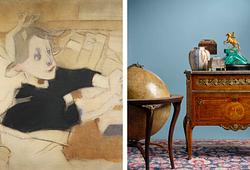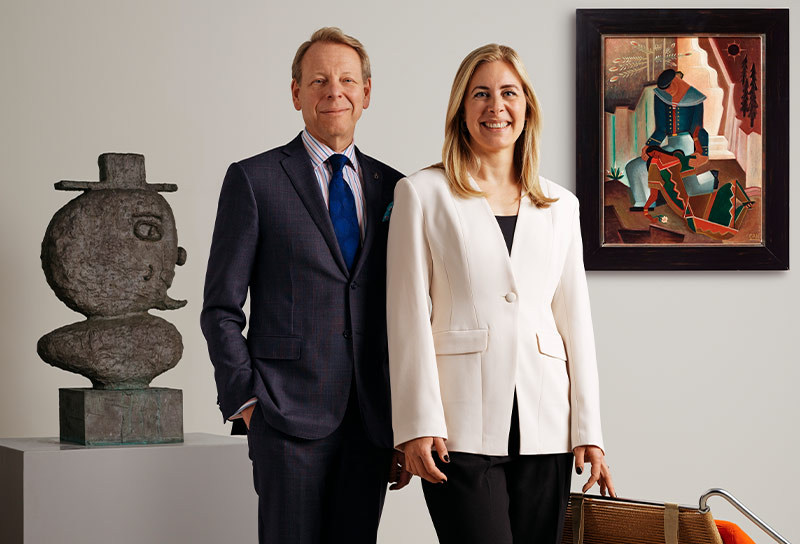Empire
SPEGEL OCH KONSOLBORD. Sverige, Empire, 1800-talets första hälft.
Förgyllt. Spegel med lunettform med lyra i krönet, höjd 180, bredd ca 82 cm, bord med imitationsbemålad skiva, ymninghetshorn, svärtad bottenplatta. Längd 106, djup 53, höjd ca 78 cm.
Bortfall, sprickor, ställvis hårt slitage, renoverad med senare glas.
Provenance
Ärvts inom samma familj sedan de inköptes 1827 och har stått på prästgårdar i Småland.
Designer
The Empire style lasted roughly between 1810 and 1840 and is primarily considered an interior design style. The style is characterised splendor and pomp and is sometime known as imperial. The French empire is often associated with Napoleon Bonaparte of France who was highly interested in ancient Rome and its attributes. Egyptian elements with sphinxes, palmettes, eagles, griffins, and masks were common as decorative elements. The most common wood was mahogny and burnished gilding was popular. Chiffonier were popular furniture items during the empire and seated durnitres were dressed in light, bright colours. The 1830-40s is known as the Late Empire and was more bourgeois. In Germany and Austria, the style was known as biedermeier and was identified by furniture with softer lined made out of birch. The Empire style came to Sweden with Jean Baptiste Bernadotte (King Karl XIV Johan) afterwhich was known as "Karl Johan". The Swedish style was lighter and less majestic.
Read more




